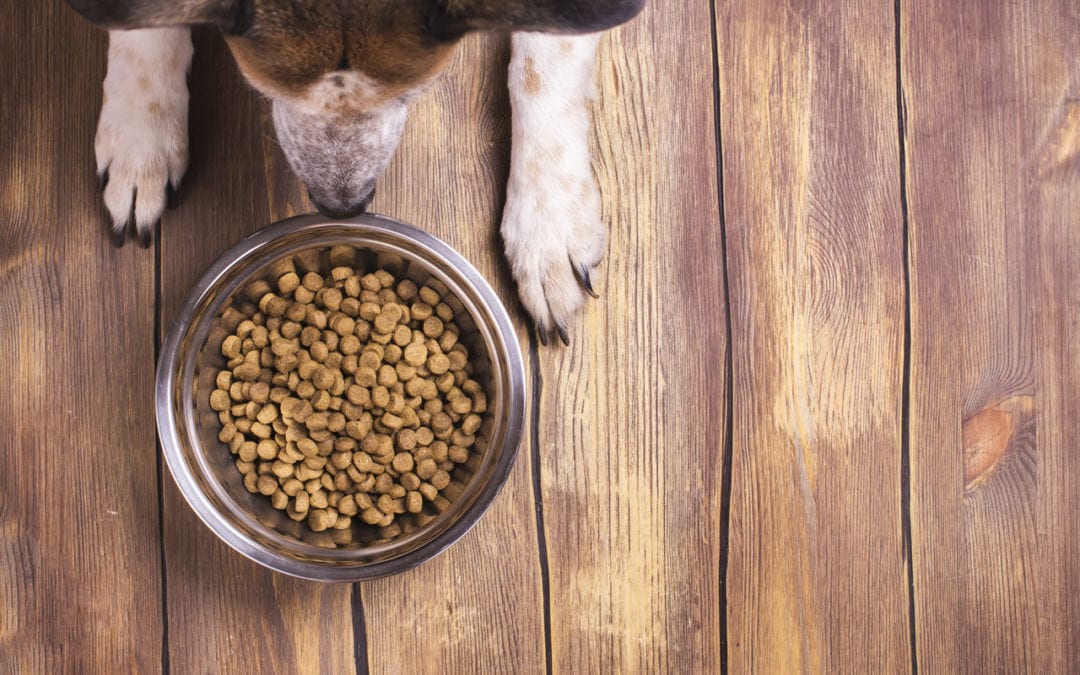With all of the recent concerns in humans about gluten sensitivity and celiac disease wouldn’t it seem reasonable to just eliminate grain from all diets in the household including the pets? As it turns out, this is not the best for our dogs and cats. Researchers are still working to determine exactly what it is about these foods that is causing the fatal heart disease. The scientific community is still not certain if there is an issue with a nutrient missing from the foods because of a lack of grain, or some of the common non-grain carbohydrate sources in the grain-free diets (usually legumes) binding or blocking a nutrient from being absorbed. The FDA investigation into the problem is ongoing and all of the information that has been released to the public, including implicated brands can be found here: https://www.fda.gov/animal-veterinary/news-events/fda-investigation-potential-link-between-certain-diets-and-canine-dilated-cardiomyopathy#cases
But aren’t dogs just domestic wolves? Yes, but there has been significant evolutionary change in genome on the path from wolf to pet dog. Wolves have co-evolved with humans as humans began farming. The wolves that were less shy about approaching humans ended up with a lot of grain in their diets which led to development of additional genes for digesting starches. These friendly, starch digesting wolves are the ancestors of today’s family pet dog. Domestic dogs are actually very well equipped to have a diet containing grain. More information about this topic can be found here: https://www.sciencemag.org/news/2013/01/diet-shaped-dog-domestication
What about cats? Cats are carnivores but they are not designed to have a diet of legumes. Scientists are still not sure what it is about the implicated diets that is causing the heart problems but some of the issues could be from some of the non-grain ingredients.
What if my pet has been eating grain-free foods? Don’t panic. If you are feeding one of the foods implicated in the investigation then stop and change foods. If you notice any signs of cardiomyopathy (exercise intolerance, coughing, weakness, lethargy, collapse) have your pet examined by a veterinarian ASAP. If your veterinarian finds any signs of heart problems on the exam they will have your pet see a cardiologist to confirm the diagnosis and develop a treatment plan. There is some evidence that if the heart disease is discovered early enough it may be reversible. Not all grain free diets have been implicated in causing cardiomyopathy. There are some dogs and cats that have severe food allergies to certain grains and may be on a prescription diet that does not contain grain and has been prescribed by their veterinarian – these are not the foods implicated in causing cardiomyopathy.
How do I know I am choosing a safe food for my pet? It can be very helpful to learn how to read a pet food label. The Association of American Feed Control Officials (AAFCO) regulates pet foods and what goes on a pet food label. Some companies will formulate foods to meet levels of nutrients established by AAFCO food nutrient profiles. This is acceptable by law but not ideal for your pet because these companies have not tested their diets by feeding them to pets. The gold standard is doing a live feeding trial on foods, which many companies skip due to the expense. However, it is worth it to find a brand that does this extra step of testing on their food. Completing this extra step means that the food has been fed to pets for several months to determine that they stay healthy in every way while on the diet. The label will say “Animal feeding tests using AAFCO procedures substantiate that ((name of food)) provides complete and balanced nutrition for ((type and life stage of pet)).” If you are not sure what diet to pick for your pet, your veterinarian can help you select a healthy diet. Here is more information on how to read a pet food label: https://talkspetfood.aafco.org/readinglabels

